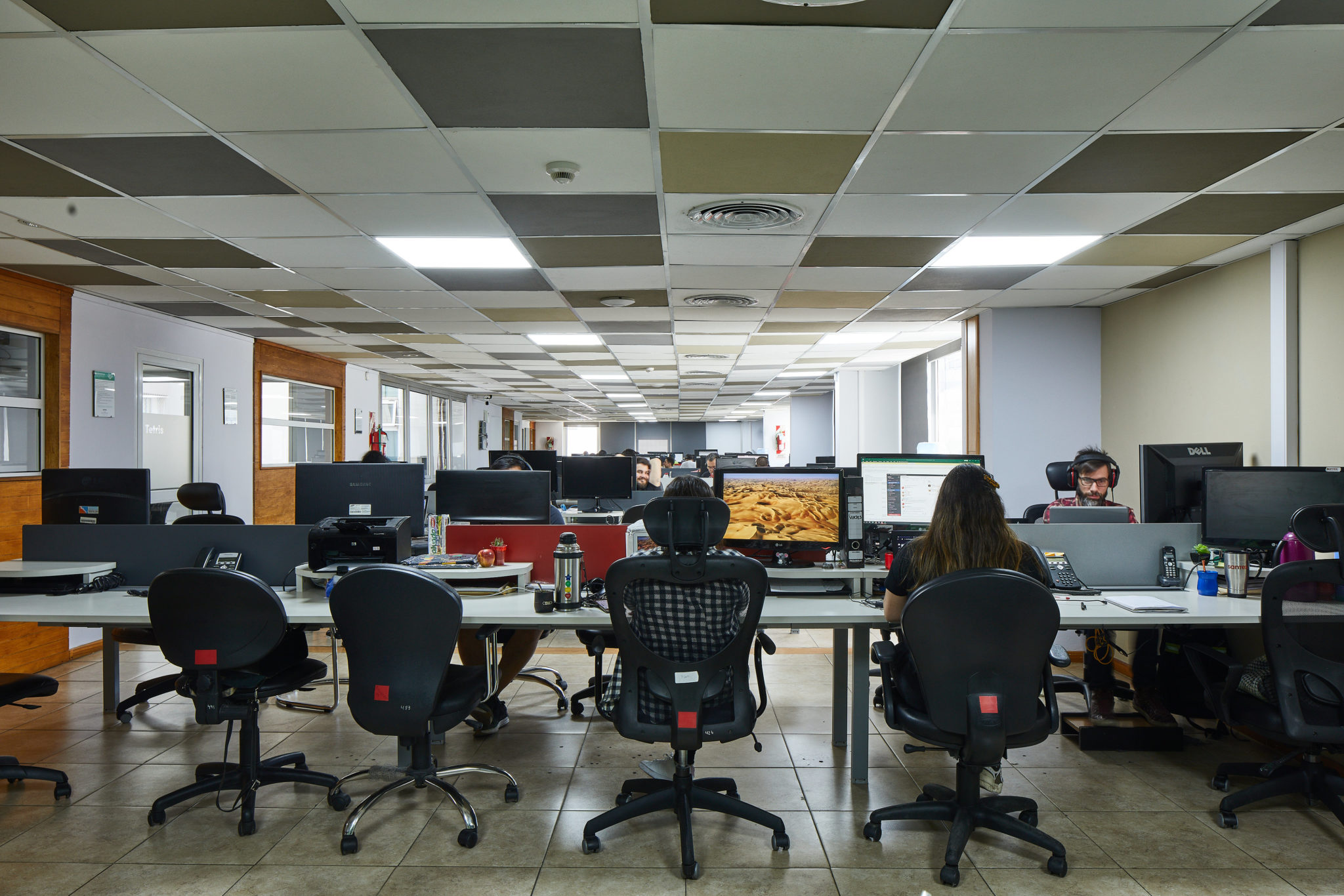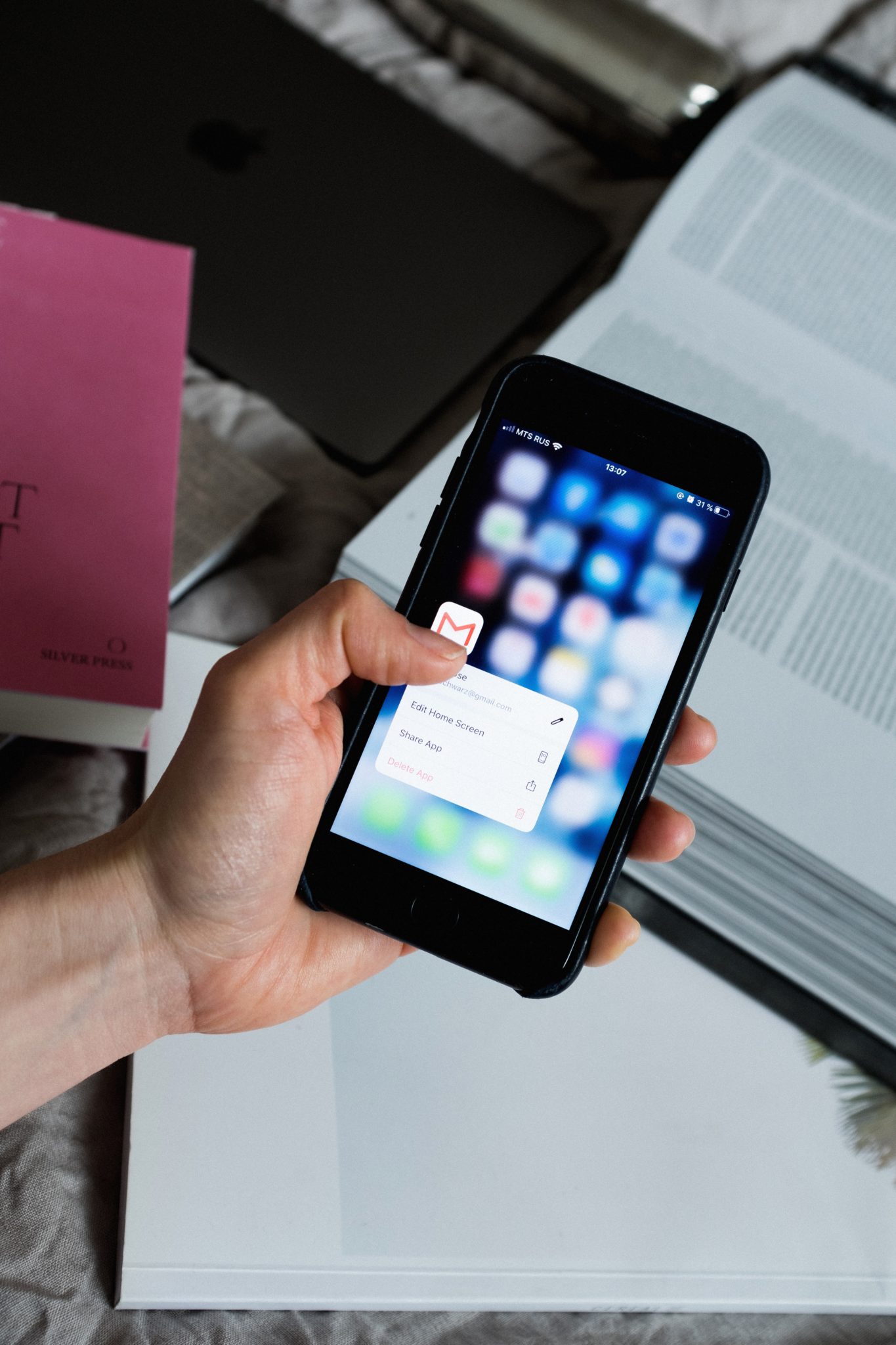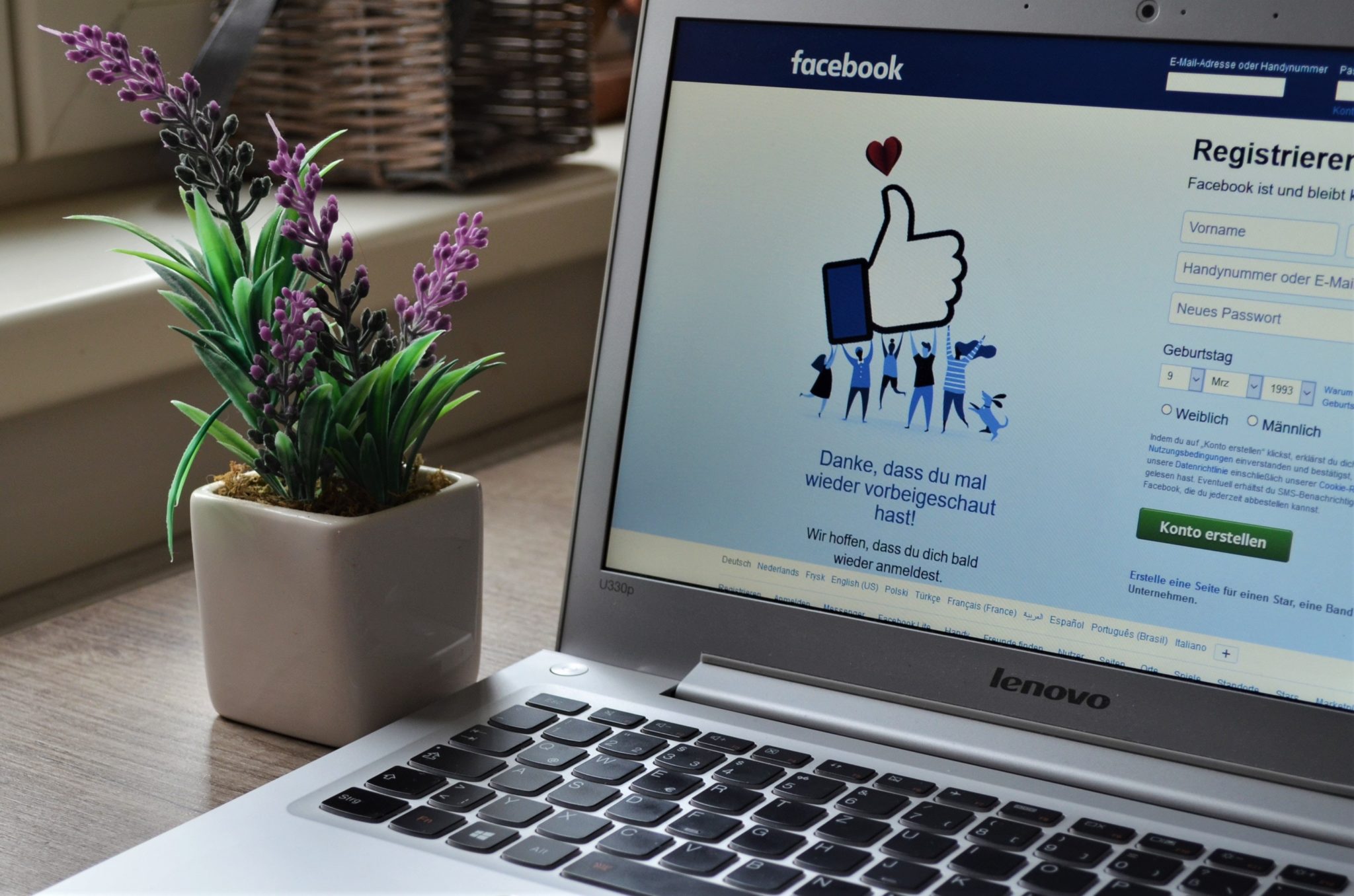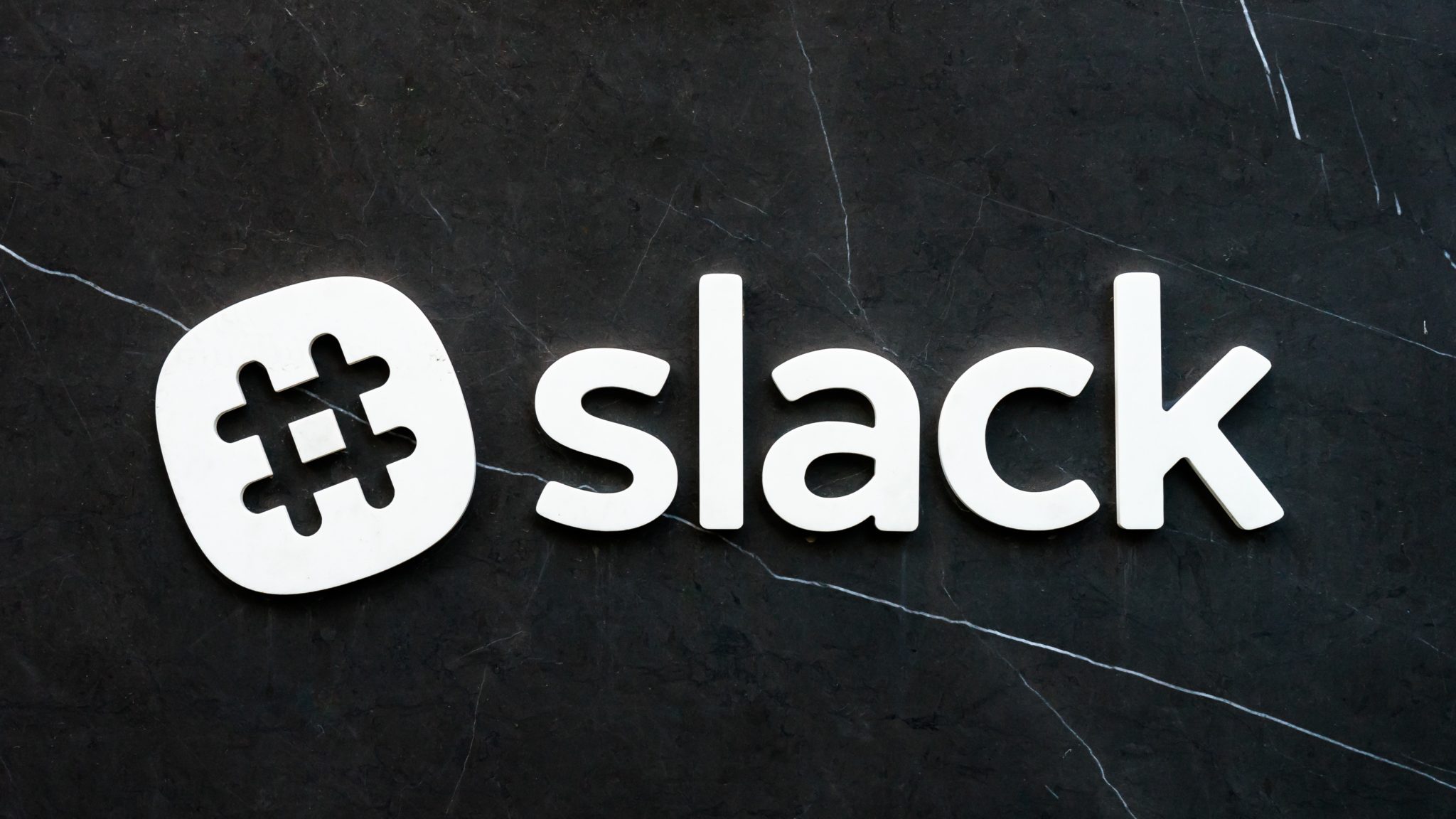The COVID-19 pandemic has resulted in multiple new social phenomena not only in everyday life but also inevitably in the workplace. Among them, the (forced) increase in WFH; working from home, or home office.
In spaces that we share with other companies, some managers sound surprised because productivity has not only not decreased, but, has in fact increased. In addition, fixed costs have been reduced.
Thus, suddenly the current context has configured a new commodity: remote work. This new flexibility breaks old paradigms and, on a basis of trust that must exist between employers and employees, makes us think about the idea of productivity without exhaustive in-person control.
After the pandemic (and even post-vaccine), this new reality will have already become part of the partnership of the future. In the most innovative industries, such as technology, these characteristics will become enhanced, while in traditional industries, although previously unthinkable, will break through and reconfigure working paradigms.

Activities that were previously carried out in person will be carried out 100% remotely. In turn, new tasks will emerge based on this new reality.
This new paradigm shift will allow us to differentiate between two types of workers: the “remote natives”, who from the very first moment have carried out their tasks remotely, digitally; and those who continue to carry out all or some tasks in person, and perhaps still consider certain activities impossible to carry out at all if not in person. Today all tasks, from creative to operational, and from the most individual to the most collaborative, can be done from any and every home.
Challenges to be solved by the Human Capital areas
Remote leadership
- Learning new organizational techniques based on accelerator technologies. For example, agile methodologies to manage and innovate, internal social networks, Holocratic Governance, etc.
- Humanizing working experiences by learning related to emotion management and conversational skills mediated by technology.
- Real-time feedback.
Physical well-being
- Adequate physical space and necessary resources (ergonomic chairs, Internet connection, etc.)
Emotional well-being
- Balance between connected time and disconnected time.
- Connection of individual work with its impact on the organization and the community.
- Inclusion of the family in the bond with the collaborator.
Continuous adaptation and reinvention
This context also presents us with an unprecedented opportunity that arises from the answer to the question: Why would a collaborator who can work 100% remotely (from home or another space) want to go to the office?
A new possibility is to think that the collaborator will choose to go to the office in order to fully develop, socialize, and/or find something that in their current working environment they do not have. So we can think of going to the office as being able to:
- Practice physical activity
- Play an instrument
- Inclusion of the family in the bond with the collaborator
- Teach others
- Learn from others
- Celebrate birthdays and other events
- Celebrate achievements
https://www.youtube.com/watch?v=5SQdCcbKYq4
New Initiatives
Considering all this, at Santex we have rethought and reconfigured ourselves in order to identify new needs and the situation that challenges our capacity for innovation and creativity.
Thus, based on 3 main axes, we have designed new initiatives
Direct and remote communication with each person
Real-time mood surveys; satisfaction surveys with leaders, peers and clients; and account mentoring program; cultural inductions, among other initiatives.
Promotion of links between distributed collaborators
At Santex we have collaborators in 13 cities in 3 countries. Integrating each workplace, we have organized virtual after offices with the delivery of physical gifts,online games via Slack with prizes at home, and integration with other social networks such as Instagram and TikTok, among other activities.
Emotional care
Group sessions to discuss how each person is feeling on a personal level; recognition spaces for people who collaborate in key aspects of Organizational Culture; home delivery of gifts (father’s / mother’s day, birthdays, etc.) with a focus on family group aspects, not individual; joint experiential experiences (cinema for 4, parent-child robotics courses); in the context of the quarantine: shipment of basic household items in cities with logistical difficulties; etc.






Previous
Next
The world of work is going through a historical moment, managers and collaborators must prepare themselves to understand the new realities, observe known concepts through new eyes, and learn new ones with openness and creativity. Only in this way can we deliver the best of ourselves in face of these challenges that the pandemic has awoken.

About the Author
Walter Abrigo – CEO of Santex. Passionate about achieving results that include the integral development of people and the continuous and disruptive improvement of processes.

About the Author
Celeste Torresi – Director of Human Capital at Santex. Seeking to generate a positive impact in the Community, Celeste actively participates in the Technological Ecosystem of Córdoba and leads the Culture Programs of the Company.





